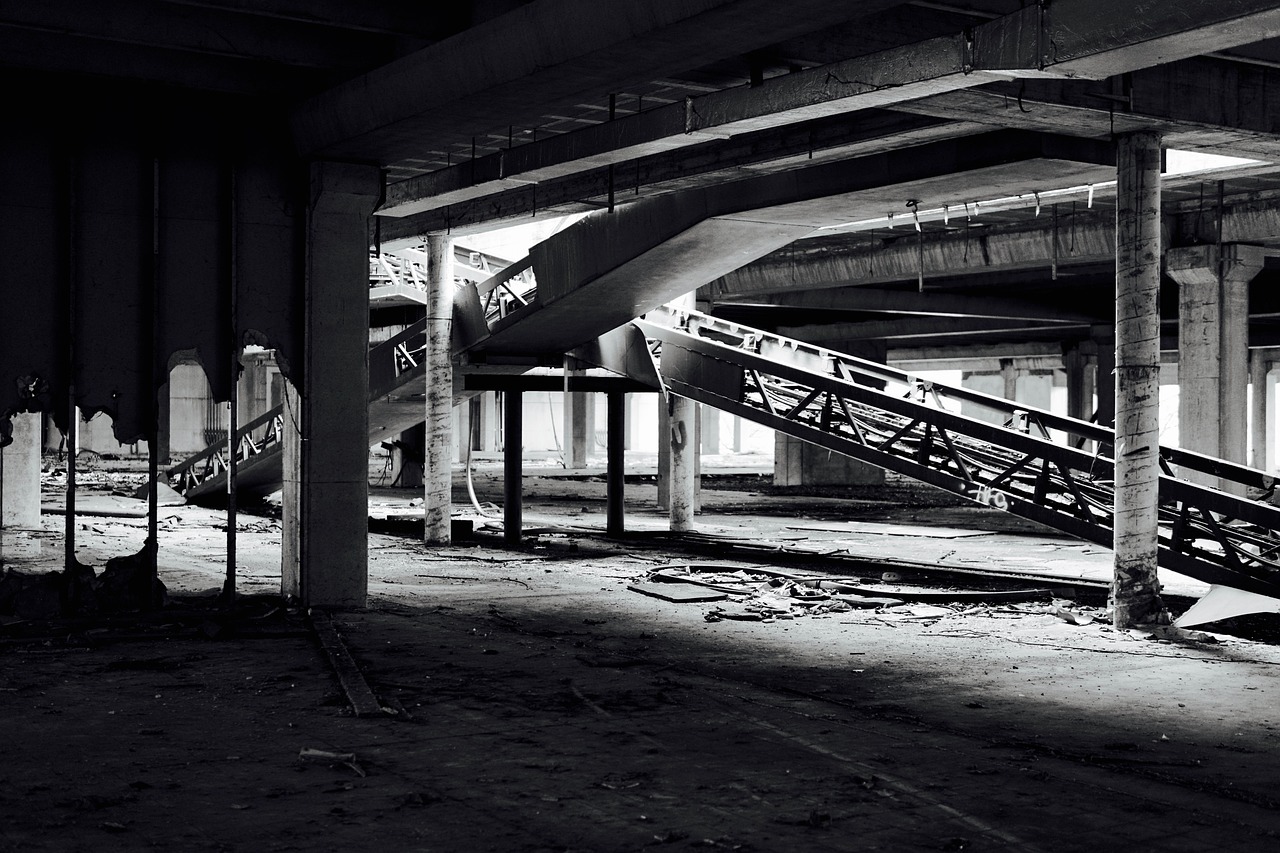
In many radiology residencies, similar to some large private practices, not all residents work at the same site. Perhaps, rarely, if at all, do they remain in the same building simultaneously. Moreover, within the program, individual sites within the residency program may give different lectures to the residents rotating at that particular site. Or maybe, you will have varying experiences in your residency due to the limited spots and rotations. One resident may never even rotate through areas that others do. So, big deal, right? How important can it be to have meetings with all your colleagues in your radiology program? Well, I will convince you today that residency-wide meetings are essential. And we will go through the most critical reasons why!
Uneven Distribution Of Work
For instance, you may work at one location and experience a level I trauma center. At the same time, the colleague you started with spends most of his time in an oncology center. Your fellow resident becomes jealous that he is getting very little on-the-job training in trauma radiology. And, you think that you are not getting enough oncology work. How do you resolve this issue? You may not be able to change the schedule without reaching a consensus. Often, to do that, the only way to address this issue is to meet with your colleagues!
Or, since you are working at a pediatric center with inadequate coverage, you must work night call every 5th night. Meanwhile, your “friend” in the main hospital has plenty of coverage and can work call every two weeks. Now, you can discuss all this with your program director. However, you must lay out the issues first with your fellow residents and faculty at residency meetings so everyone can understand and fix the problem.
Miscommunication
Like the game of telephone, you will likely miss out on the opportunity to communicate on the same wavelength if you do not meet as a whole residency program. Perhaps, separate study groups form, and some residents are not privy to the same information. Or, one group learns a technique for fluoroscopy and never shares it with their colleagues. What happens? The whole residency loses out!
Less Sharing Of Resources Leading To Poor Outcomes
Perhaps, one site has a simulation center for interventional radiology procedures. And the others do not. If the residency does not meet as a whole, how do you know which resources to share? And what happens to those residents that never get a chance to perform procedures on the simulation devices? Well, they lose out on the opportunity to learn interventions. And that is just the tip of the iceberg. Not having regular meetings can lead to poor resident training outcomes!
Lack Of Interresidency Networking
Every person in the residency that you do not know reduces the chances that you will find a great job when you graduate. Why? Maybe, the uncle of one of your fellow residents is a radiologist at a hospital in Walla Walla, Washington. And that is the only place where you want to live. When you lose out on your contacts because you barely meet with colleagues at other sites, you lose another chance to get that next best career opportunity!
Importance Of Residency Meetings
Individual sites cannot remain entirely independent from one another to have a well-functioning residency. Accordingly, resident education will either suffer or, at least, not achieve the best possible outcomes for all its members. Not creating regular meetings for all the residents allows jealousy among residents to fester, uneven work distribution to continue, inadequate sharing of resources, and opportunities lost for resident networking. So, don’t poo-poo the resident meeting. They serve a crucial function!



















